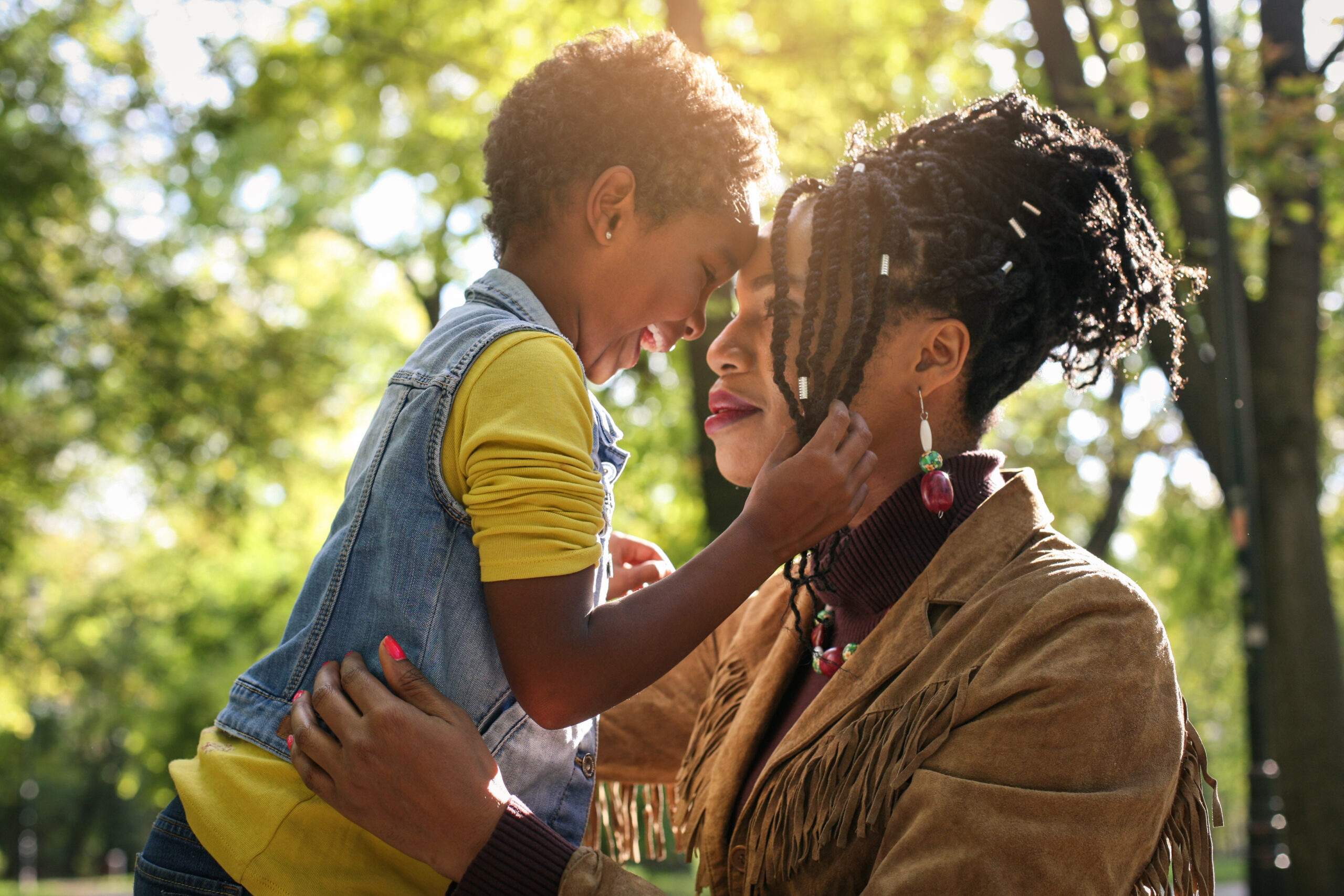As any teacher knows, students need to be engaged with learning to absorb lessons in any meaningful way. Otherwise they can become distracted, disrupting everyone in the classroom and taking time away from instruction.
There are many ways to foster engagement, of course. But one may surprise you: holding classes outside. Findings from a new study show that learning outdoors is not just a fun, novel experience for kids, but also helps them focus once they return to the classroom.
In this study, third-grade students from two classrooms were assigned to conduct about half of their biology lessons outside (on a nearby patch of grass) and half inside the classroom during an academic year. The lessons involved things like identifying leaves and understanding the process of decomposition, and were closely matched: The indoor lessons had natural elements (like leaves and soil), while the outdoor lessons were conducted like a regular classroom (without student interaction or free play).
After each lesson, students received a short break and then continued indoors with their regular studies, like math or reading. Their level of engagement during this time was assessed by teacher ratings, independent tallies of “redirects” (how many times teachers needed to redirect students to the task at hand), and ratings of engagement based on classroom photos analyzed by someone blind to the study’s purpose.
Results showed that when the students received outdoor biology lessons, they were significantly more engaged in their next instructional period on all measures than if they’d received biology lessons indoors. This held true for different teachers, different times of day, and different times of year.
Results showed that when the students received outdoor biology lessons, they were significantly more engaged in their next instructional period on all measures than if they’d received biology lessons indoors.
According to lead researcher Ming Kuo of the University of Illinois at Urbana-Champaign, this is an important finding with practical implications.
“Kids can actually pay better attention in class after an outdoor lesson,” she says. “This is nice for teachers, because you don’t have to stop teaching and you still get that bump in attention.”
Not only that, the bump in attention was large—much larger than Kuo had expected. In some cases, teachers only had to redirect half as often and kids paid attention one or two “standard deviations” better—research-speak for much, much better—if they’d had an outdoor lesson rather than an indoor one.
This surprised Kuo, who is used to working on highly controlled studies in a laboratory rather than field studies in a classroom.
“I thought that we would have smaller effects when we had a whole class of squirmy third graders,” says Kuo. “But maybe when every kid gets a little bit better at paying attention and at controlling their impulses, and then you put them all in one classroom, there’s some kind of synergy happening.”
What’s powerful in this study is that the children didn’t spend time wandering down a forested path. The teachers simply changed the location of their lesson to a greener space—something that virtually any teacher at any school could do without taking away from instruction time.
“We could have taken these kids into capital-n Nature; but the kind of nature that we studied turns out to be pretty common—just a patch of grass with an access road,” she says. “The kind of outdoor setting we used is probably available for many, many schools.”
The restorative power of nature
Why would being in nature benefit kids at all? Perhaps it reduces stress, restores depleted attention, and improves immune function in children, much like it does in adults. And kids who are healthier, calmer, and less depleted may simply learn better.
Kuo’s study adds to a growing body of research on learning in nature. Prior studies have found that teaching outdoors increases students’ interest in a subject and intrinsic motivation to learn, and may help them to retain information longer than regular indoor classes. In addition, kids like learning outside, says Kuo, and they report liking their school more when lessons are held outdoors.
“Being able to pay more attention, being less stressed, and being happier and more interested in doing the work—this can have real effects on how engaged kids are,” she says.
Still, Kuo’s study is unique in looking at what happens after an outdoor lesson—the carryover effects. And that’s important to teachers who may be reluctant to give up class time for going outside, worried their kids will lose all focus. Kuo understands that teachers may be skeptical—even one of the teachers in her study was doubtful before the experiment started. But, if a teacher can be open-minded, she says, they should at least try it out and see what happens. Kuo argues that the current educational movement to reduce student outdoor time—or enrichment programs like music, art, and theater—is wrong-headed.
“Kids are so starved for nature that you can take them out into a not-very-natural area, give them a lesson without really engaging much with nature, and even this pretty small, pathetic dose helps them function remarkably better.”
—Ming Kuo
“You can add as much instructional time as you want and keep pouring, but once that cup is full, it’s full,” she says. “You have to find ways to give kids more capacity to take things in, before it makes sense to spend any more time with instructional teaching.”
Being in nature seems to increase that capacity, suggesting yet another way kids benefit from being outside. Kuo’s work implies that kids need nature, maybe more than we think. She hopes that future researchers will study whether spending more time in nature produces even greater benefits.
In the meantime, it’s pretty clear that it doesn’t take much nature to make a difference.
“Kids are so starved for nature that you can take them out into a not-very-natural area, give them a lesson without really engaging much with nature, and even this pretty small, pathetic dose helps them function remarkably better,” says Kuo. “That feels like a big ‘Wow!’ to me.”
This article originally appeared on Greater Good, the online magazine of UC Berkeley’s Greater Good Science Center, one of Mindful’s partners. View the original article.
Teaching Kids How to Meditate — and Getting Schools on Board, Too
How Nature Boosts Kindness, Happiness, and Creativity








